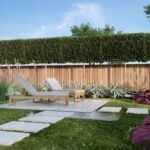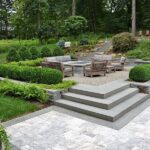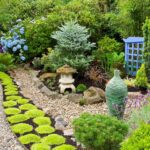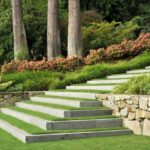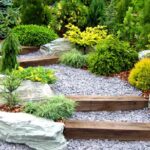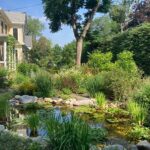Garden design landscape is an essential aspect of creating an outdoor space that is not only aesthetically pleasing but also functional. A well-designed garden can enhance the overall look and feel of a property, providing a relaxing and inviting environment for homeowners and visitors alike. There are several key elements to consider when planning a garden design landscape, from choosing the right plants to creating pathways and focal points.
One of the first steps in garden design landscape is determining the overall layout of the space. This includes considering the size and shape of the garden, as well as the existing features such as trees, walls, and structures. By carefully planning out the layout, garden designers can create a cohesive and harmonious space that flows seamlessly from one area to the next.
Another important aspect of garden design landscape is selecting the right plants for the space. This includes choosing plants that are suitable for the climate and soil conditions, as well as ones that complement the overall style of the garden. By selecting a variety of plants with different colors, textures, and heights, designers can create a visually appealing garden that is full of interest and variety.
In addition to plants, other elements such as pathways, lighting, and seating areas are crucial in garden design landscape. Pathways can help guide visitors through the garden and create a sense of movement and flow. Lighting can add drama and ambiance to the space, while seating areas provide a place for homeowners to relax and enjoy the scenery.
Focal points are another key component of garden design landscape. These can include features such as water fountains, statues, or art installations that draw the eye and create a sense of interest and intrigue. Focal points help to anchor the space and create a sense of balance and harmony.
Overall, garden design landscape is a complex and multi-faceted process that requires careful planning and attention to detail. By considering factors such as layout, plants, pathways, lighting, seating, and focal points, designers can create a garden that is not only visually stunning but also functional and enjoyable for homeowners and visitors alike.


